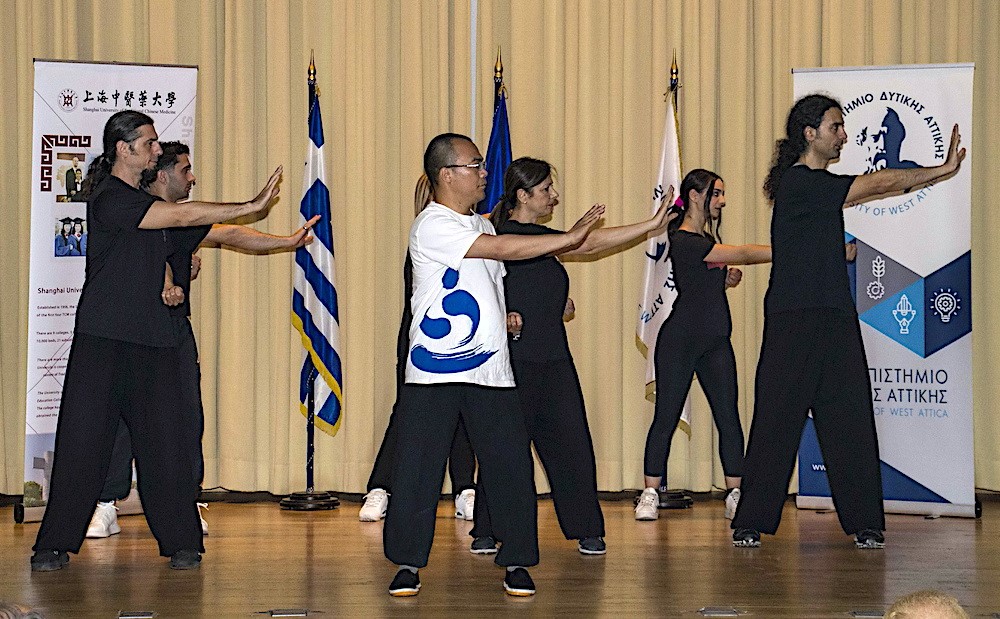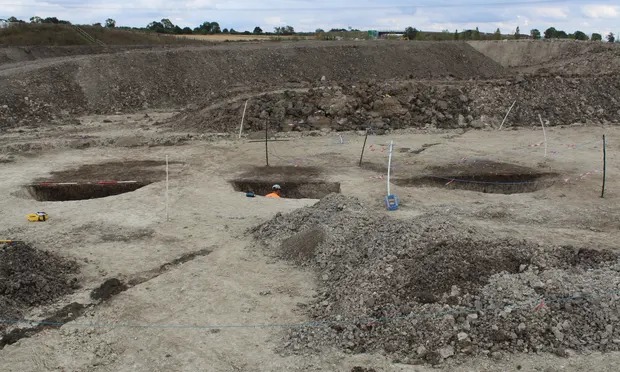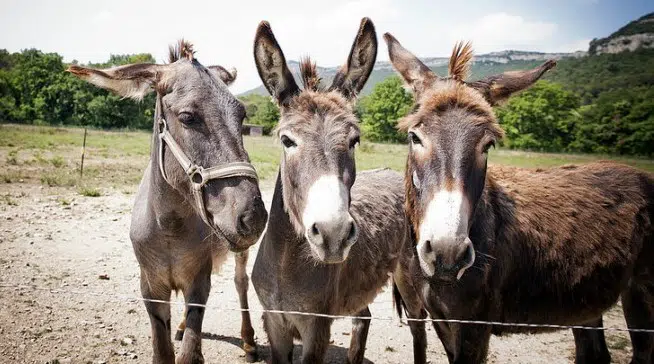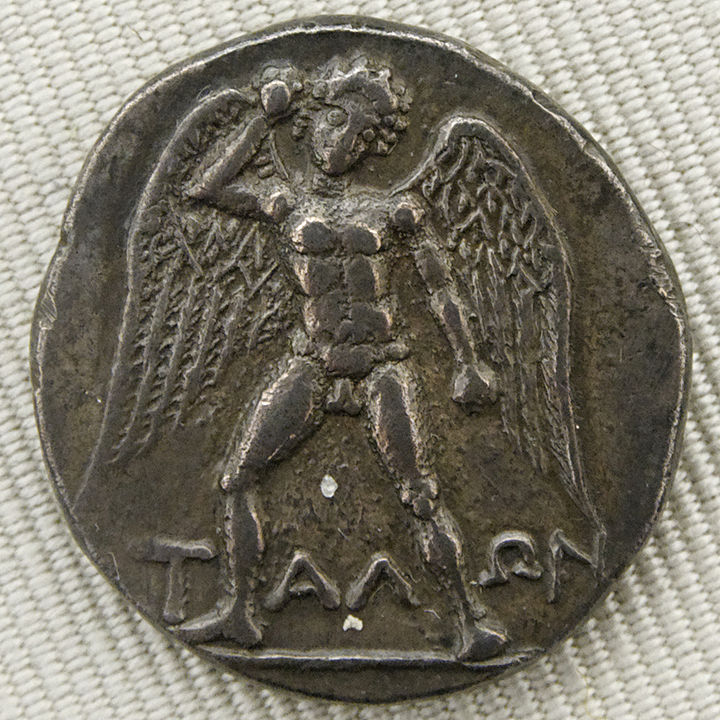
A Confucius Institute was established recently at the Greek University of West Attica (UNIWA) in collaboration with the Shanghai University of Traditional Chinese Medicine.
Confucius Institutes are non-profit educational organizations supported by the Chinese government with the aim of spreading Chinese culture, the Chinese language and creating a bridge of communication and cultivating a climate of friendship between peoples through cultural and educational exchanges and cooperation.
The newly established Confucius Institute will be focusing on traditional Chinese medicine.
The UNIWA is headquartered near the iconic archaeological site of Plato’s Academy in Athens and places emphasis on research and innovation. It also plans to attract more students from abroad through specially-designed courses.
Professor Panagiotis E. Kaldis, the Rector of the University welcomed the Chinese delegation led by the Ambassador of the People’s Republic of China to Greece, Xiao Junzheng at the founding ceremony on June 30.
Kaldis said that the Confucius Institute will not only produce new knowledge in holistic health and wellness but it will also develop Sino-Greek relations.
Confucius Institute at Greek University to “deepen mutual learning”

The Chinese Ambassador noted that the establishment of the Confucius Institute demonstrates the “firm confidence of the two sides in further strengthening and deepening mutual learning.”
He underlined that there are “striking similarities” in the ancient cultures of the two countries, noting that more than two thousand years ago, they not only gave birth to great philosophers, such as Confucius, Laozi, Plato, and Aristotle but also opened the chapter of human medicine.
He also pointed out that as traditional holistic healing systems, Greek and Chinese medicine seek to harmonize the health of the individual with nature.

The vice president of Shanghai University of Traditional Chinese Medicine, Professor Wang Yongjun said that the Confucius Institute will contribute to the understanding of Chinese culture and Chinese medicine by more people.
Director of the Institute, George Georgoudis pointed out that the opening ceremony marks the completion of a successful effort that lasted over six years.
He underlined that the integration of the methods and techniques of traditional Chinese medicine into modern therapeutics will take place based on the rules and principles of modern science and the concept of evidence-based medicine.
The Chinese Director of the Institute, Hon. Professor Xu Wenjie, underlined that the Institute will develop into an excellent academic unit with an emphasis on Chinese traditional medicine and an understanding of Chinese and Greek culture.
At the ceremony in Athens, a performance of Qigong took place. With roots in Chinese medicine, philosophy, and martial arts Qigong is a system of coordinated body-posture and movement, breathing, and meditation used for the purposes of health, spirituality, and martial-arts training.




















